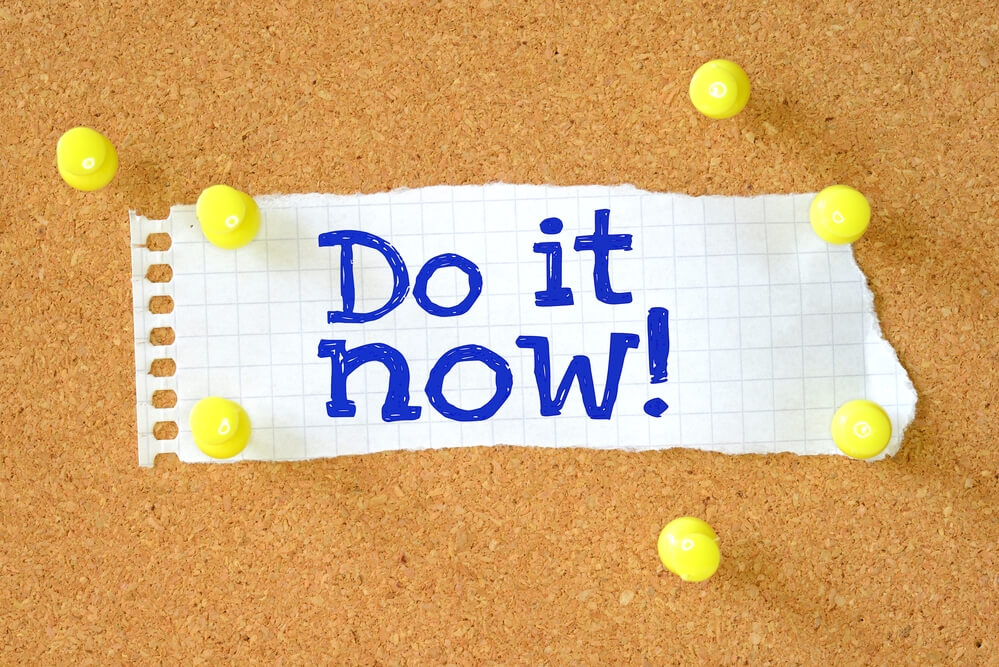What is a Call to Action?
Big shout-out to Quinn Rhodes for asking me about calls to action and letting me use her questions as blog fodder. The moment I mentioned a call to action (CTA) in my last post on building your email list, I thought people might have questions. Quinn’s email gave me the push to write it sooner rather than later.
So let’s discuss calls to action on your website — especially your sex blog, but really, a CTA is necessary for any type of content you create.
Understanding Calls to Action

The simplest definition is that it’s something you ask/tell your audience to do.
- Leave a comment
- Share this post
- Rate and review a podcast episode
- Buy now
- Subscribe here
- Sign up
- Download
- Become a patron
- Buy me a coffee
You’re calling your audience to perform a specific action. Will everyone follow a CTA? Nope. But for those people in your audience who want more of what you’re providing, a call to action tells them exactly what to do or how to get more of your content — or how to help you do more of what you do.
In some cases, your audience wants to interact with you, but they don’t know how or what they should do. Your CTA gives them clear, direct action to take. Instead of guessing or thinking you don’t want to hear from them, you’re telling them exactly what you want from them.
Where to Put Your Call to Action
The common advice is to end content with a call to action. Put it at the end of a blog post, video, podcast, or page. But you may also see people who remind their audience to subscribe to their YouTube channel at the beginning of the video or (like I do for Loving BDSM) ask for a social media follow or a review at the beginning of a podcast episode.
So which is best? The dissatisfying answer is that it depends and sometimes “both” is the right answer.
In a blog post, if a reader gets to the end of your content, they’re more likely to want more so a call to action at the end makes sense.
In audio or video content, some things — like a quick 5 star review on a podcast app — can be done while they listen. As can subscribing to a YouTube channel. Putting it at the beginning makes sense.
There’s also the danger that if you ask for a CTA at the beginning, your audience might not remember it by the end, either. In audio and video, it’s not uncommon to have multiple CTAs — at the beginning and at the end — for this reason.
Ultimately, you have to experiment to find what works best for you. The best way to begin is to put a CTA at the end of your blog post and go from there.
How Many Calls to Action Should You Have?

In one written piece of content, the most common answer is one. This is the advice given to vanilla business bloggers and company websites all the time. Give your audience a single clear thing to do. And, for the most part, I agree with that.
But that doesn’t mean you can’t have multiple actions for someone to take within your written content, either. In the sidebar, you may have a subscription box, a social media follow box, and a few other things people can do. Those can be considered calls to action, too, depending on how they’re presented on your website.
As for audio and video content, multiple calls to action are quite common. It’s also good to repeat some CTAs in audio and video. My go-tos for this are subscribing, Patreon, and commenting. But it can be anything.
“Don’t forget to sign up for my free webinar!”
“Subscribe to the email list for a free book!”
“Become a patron on Patreon and get sneak peeks!”
How to Format Your Call to Action
There’s a fine line between making sure your CTA is seen and being obnoxious/spammy, and we all have to find that sweet spot for ourselves. But in creating a call to action that gets attention, I have a few rules:
In audio content, I state it clearly the first time. Follow, subscribe, review, join, etc. At the end, when I repeat myself, I make it a reminder. “Remember…!” or “Don’t forget to…!” and I try to keep it part of the conversation or tie it back into whatever I was just talking about, when possible.
In video content, I do the same as with audio content but I also try to create visuals for the screen.
In blog content, I keep it very simple — a written line at the end of my post. Sometimes I’ll add a subscribe box or a graphic, but that’s rare. I prefer to keep it natural within the flow of words as a reader’s eyes move down the page. But you have to find what works for your audience.
For all three types of content, short statements and clear actions are best. Try not to do this: “Well, if you wouldn’t mind, it would be great if, I’d be so happy…” and then ask. Keep it short and to the point.
- Subscribe to my blog to get more posts like this!
- Become a patron on Patreon and get the rest of this smutty story!
If you’re like me, you might think someone’s going to call you out for the ask. Only assholes will do that. The vast majority of people are so used to seeing calls to action, it won’t be weird to them. And if you don’t feel confident when you create your CTA, fake it until you do.
How to Choose a Call to Action
As a content creator there are a LOT of things we want people to do: buy, subscribe, join, comment, share…so how do you pick? There is no one right answer.
Sometimes I have a pressing goal — like growing my Patreon account. For several months I might focus on that as a CTA. But on YouTube, I want to grow the channel, so that action is also important.
Here at the Smutlancer, you’ll see that my CTA is (primarily) about commenting. Why? Because I’m trying to build engagement and get feedback from readers. Once I have something worth asking people to do, I’ll use that instead.
If you’re creating multiple pieces of content a week, you can rotate your CTAs between each piece. Or you can focus on one action for a set amount of time before switching to another. Another option would be to make a call to action appropriate for the content.
- Writing erotica like the kind you share on Patreon? Tell people they’ll get more if they become a patron.
- Have a free download similar to the content you’ve published? Tell people how they can get that if they enjoyed this content.
- Want readers to see your opinion/educational pieces? Encourage them to subscribe by email so they don’t miss this content when you publish it.
Calls to action can feel complicated, but they’re fairly simple. Give your audience something to do. The people who love your work will do what they can. But if you never ask them, they never will.
Have you added calls to action to your content? What has or hasn’t worked for you? Let me know in the comments below or talk to me on Twitter!
